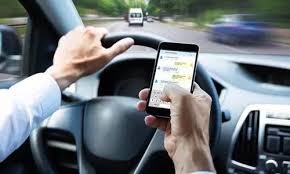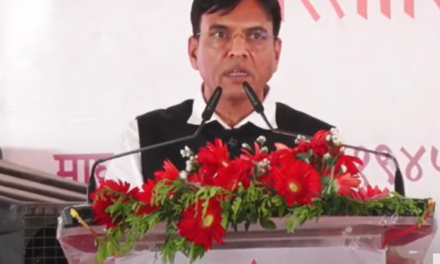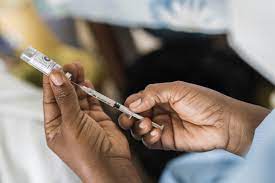Philadelphia, PA — In a groundbreaking study published in the Proceedings of the National Academy of Sciences (PNAS), researchers from the Perelman School of Medicine at the University of Pennsylvania have unveiled an innovative approach to reducing distracted driving: gamification. The study, led by Dr. Jeffrey Ebert and Dr. M. Kit Delgado, demonstrates that integrating game-like elements into driving safety interventions can significantly curb handheld phone use behind the wheel.
Distracted driving, responsible for nearly 1 million crashes annually in the United States, remains a critical safety concern. The study targeted drivers enrolled in Progressive Insurance®’s voluntary “usage-based insurance (UBI)” program, which tracks driving performance via a smartphone app. Participants were randomly assigned to one of four intervention groups or a control group, all of which received a hands-free cell phone mount for their vehicles.
The most effective strategy combined multiple interventions: a points-based game, a share of a prize for accumulating enough points, and a competitive leaderboard with additional prize money. This multifaceted approach led to an impressive 28 percent reduction in handheld phone use while driving. Notably, this reduction persisted for up to 65 days after the intervention ended.
In contrast, the control group, which did not receive these gamified elements but did have access to a hands-free mount, showed only a 21 percent reduction in phone usage. Even without prize money, participants in the game groups maintained a 16 percent reduction in phone use post-intervention.
Dr. Ebert, director of applied behavioral science at the Nudge Unit at Penn Medicine, highlighted the potential for this approach to address the pervasive issue of distracted driving. “Distracted driving is responsible for almost 1 million crashes in the United States each year. Interventions like this could start to bring that number down,” Ebert stated.
Previous research by Ebert and Delgado had shown that interventions such as weekly feedback and monetary incentives could reduce handheld phone use by up to 21 percent, but these effects diminished over time. The new study’s results, however, indicate that gamification can create lasting behavior changes by making the process of reducing phone use engaging and rewarding.
The study also revealed that drivers who previously engaged heavily in phone use showed more significant improvements when provided with motivational feedback and step-by-step goals, rather than immediate high expectations.
“This tells me that a lot of people genuinely wanted to become safer, more focused drivers, and the study helped them develop lasting, good habits around their phone use,” Ebert added. The research underscores the effectiveness of blending behavioral science with technology to foster safer driving practices.
The potential for scaling up this intervention is promising, particularly as behavior-based auto insurance programs grow in popularity. “The fact that we tested these interventions within an auto insurer’s existing program suggests that they could be scaled up quickly,” said Delgado.
With over 800,000 crashes, 400,000 injuries, and 3,000 deaths annually due to distracted driving, finding effective strategies to curb this behavior is crucial. Despite the 28 states that have enacted laws against handheld phone use while driving, enforcement remains a challenge. This study provides a compelling proof of concept for using behavioral science to complement legal efforts.
The researchers are now exploring whether these findings can be applied to other driving safety habits, such as seat belt use and adherence to speed limits. The study was supported by the Federal Highway Administration Exploratory Advanced Research Program, the National Institutes of Health, the Abramson Family Foundation, and Progressive Casualty Insurance Company.











